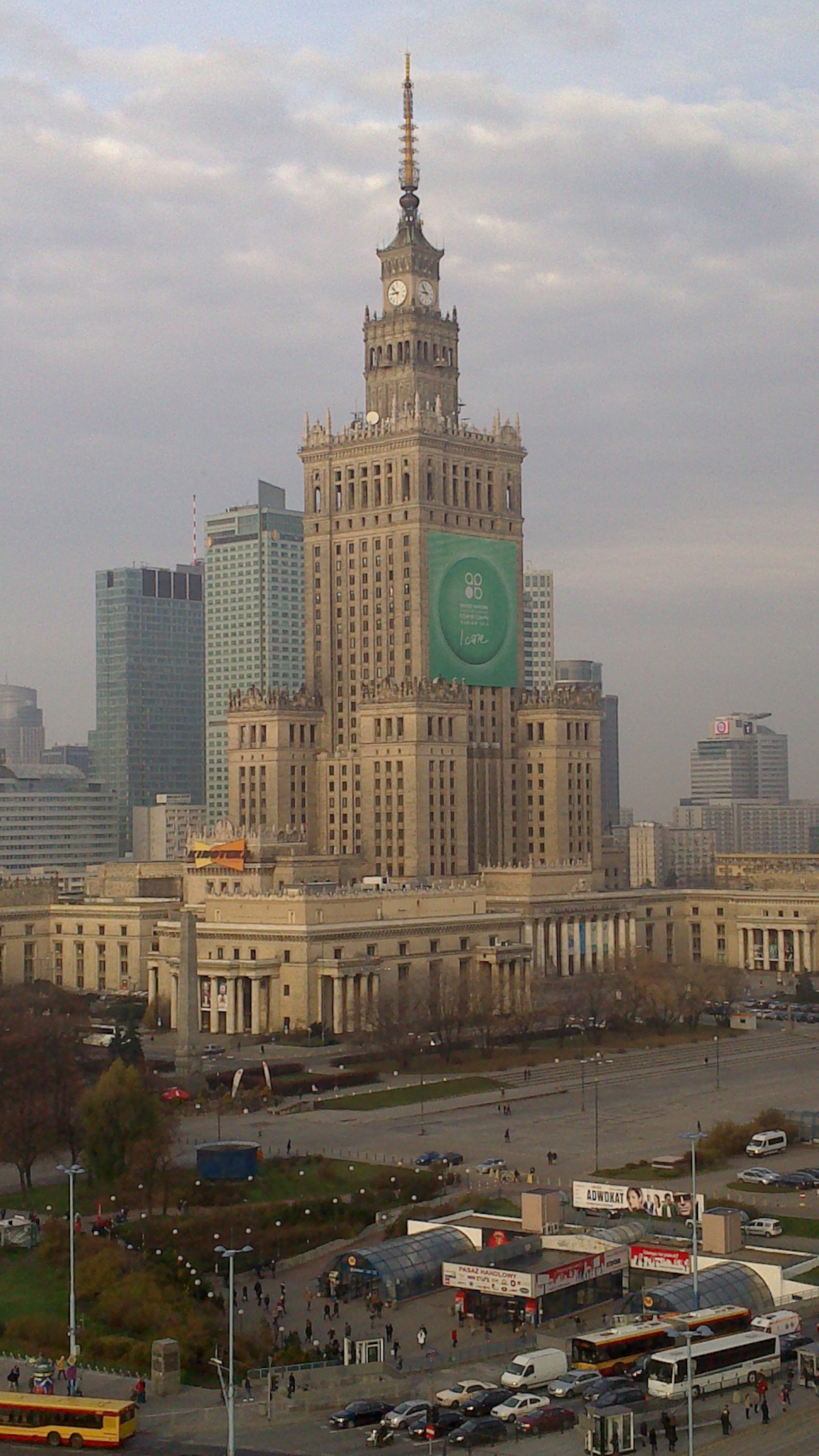Is there a chance of providing enough food for 9 billion people on earth and at the same time ensuring that natural resources such as forests, soil and water are not depleted or destroyed and climate change impacts are not aggravated? This is the main question that the Global Landscape Forum will address in the coming two days in between the first and the second week of the COP19 climate negotiations in Warsaw.
 One day ahead of the GLF, a distinguished panel shared their thoughts on the Global Landscape Forum’s goals and importance to international climate discussions and negotiations at a press briefing.
One day ahead of the GLF, a distinguished panel shared their thoughts on the Global Landscape Forum’s goals and importance to international climate discussions and negotiations at a press briefing.
The Polish Minister of Agriculture and Rural Development, Stanisław Kalemba, started from a national perspective explaining the key role of agriculture in Poland and reporting an increase in domestic food production. However, climate change impacts are also affecting Polish agriculture: microclimates have been changing and farmers more often need to adapt to difficult conditions. In the past few years they repeatedly experienced severe frosts in winter, unusually late frosts in spring or droughts in summer, causing losses in food production. Flooding and extensive rain falls as well as strong storms impaired the quality of crops in Poland. Agriculture feels the impact of these changes quite strongly especially with regard to food prices. On a global scale, these developments put the achievement of agriculture’s main goal of feeding the growing world population at risk.
The Undersecretary in the Ministry of Environment, Janusz Zaleski, explained that the Global Landscapes Forum was a merger of two events, the Forest Day and the Agriculture Day, but despite this more inclusive and holistic name, he underlined the role of forests in the picture. Experience shows how vital forests are: regions where forest areas have virtually vanished have severe problems of feeding their own people. In Europe forest areas are growing, fortunately, but in other regions of the world this is not the case. There is an obvious need to protect forests, apply eco-friendly agriculture and cut on emissions.
CIFOR’s Director General Peter Holmgren highlighted the great interest in the GLF and showed impressive figures: registration exceeded 1800 with participants coming from more than 100 countries, representing more than 50 organizations, and including some 300 climate change negotiators. Landscapes are the key to the future we want and they are also the key to a green economy. Combined solutions and the cooperation of agriculture and forestry are needed to tackle the climate change challenge and the global development issues.
Lindiwe Sibanda, CEO of FANRPAN, underpinned this need by pointing out the drastic number of people who suffer from hunger in this world: over 800 million people do not have access to food. Due to climate change, yields in farming decline and new pests and diseases threaten and destroy the crops. Limited sectoral approaches will fail to deliver the desired results therefore a holistic strategy is called for. There is evidence that with forestation it is possible to increase agricultural yield because of better soil fertility, for example. Such success stories are a good starting point towards a solution that will allow to feed the 9 billion and cause less damage to the environment, and particularly to forests.
Report from the Global Forest Landscapes Forum Press Briefing, Friday, 15 November, University of Warsaw, Poland
Speakers:
Stanisław Kalemba, Minister of Agriculture and Rural Development
Janusz Zaleski, Undersecretary in Ministry of Environment
Peter Holmgren, Director General, CIFOR (Center for International Forestry Research)
Lindiwe Sibanda, CEO, FANRPAN (Food, Agriculture and Natural Resources Policy Analysis Network)
Moderator:
Piotr Paschalis-Jakubowicz, Faculty of Forestry, Warsaw University of Life Sciences

Leave a Reply